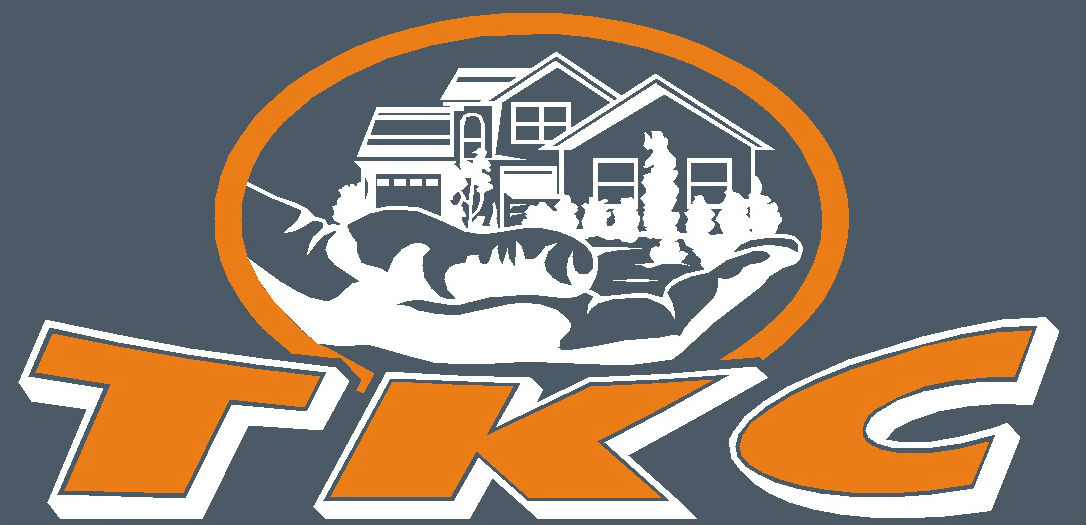Landscaping Techniques: Xeriscaping or (Zeroscaping)
Xeriscaping – An increasing trend in Landscaping
Xeriscaping is the practice of designing landscapes to reduce or eliminate the need for irrigation. This means xeriscaped landscapes need little or no water beyond what the natural climate provides. This technique has become popular lately and can be found in many backyards of the Hudson Valley NY.
Xeriscaping has become widely popular in some areas because of its environmental and financial benefits. The most important environmental aspect of xeriscaping is choosing vegetation that is appropriate for the climate. Vegetation that thrives with little added irrigation is called drought-tolerant vegetation. Xeriscaping often means replacing grassy lawns with soil, rocks, mulch, and drought-tolerant native plant species. Trees such as myrtles and flowers such as daffodils are drought-tolerant plants.
-https://www.nationalgeographic.org
Why Xeriscape?
Xeriscaping helps to conserve water. Reduce the use of fossil fuels and cut down on the use of pesticides and herbicides. Homeowners spend billions of dollars and typically use 10 times the amount of pesticide and fertilizers per acre on their lawns as farmers do on crops; the majority of these chemicals are wasted due to inappropriate timing and application. These chemicals then runoff and become a major source of water pollution.Last but not least, 30 to 60 percent of urban fresh water is used on lawns. Most of this water is also wasted due to poor timing and application.
Fortunately, there are many alternatives to conventional lawn care. The lawn care center at Purdue University suggests two paths: “evolutionary” and “revolutionary”. In the “evolutionary” approach, the homeowner makes some small, modest changes for a big effect. Such changes include getting an electric or hand lawnmower, planning for more efficient watering and applying less fertilizer and pesticide at more appropriate times. Of course organic fertilizer is preferable. The revolutionary approach includes changing the type of grass, interplanting with clover, native landscaping or xeriscaping.
-http://blogs.ei.columbia.edu/
Xeriscape Water Savings
The amount of water used by your Xeriscape will depend upon the size of your landscape, the plants you select, your watering habits, the local climate, soil, wind, and any number of additional factors. While it is impossible to predict the impacts of converting to Xeriscape for the individual, there are a number of research studies that have shown that substantial water savings that can be achieved by converting turf grass to Xeriscape.
Photo courtesy of Aquacraft, Inc.
A five year study of homes that converted turf to Xeriscape in Las Vegas, Nevada found a 33 percent reduction in average monthly water use and a 39 percent reduction in average summer monthly water use resulting from the Xeriscapes (Sovocool and Rosales, 2001). This study also found that conversion to Xeriscape reduced annual maintenance costs by one third on top of the water savings.
Keep in mind that Xeriscape, like all landscapes, takes time to establish. During the first few years, new plants sometimes require more water than do mature plants with established and deep root systems. This is why it is important to evaluate the water use of Xeriscapes over a long period of time and not just during the first or second year after installation.
-http://www.allianceforwaterefficiency.org/


